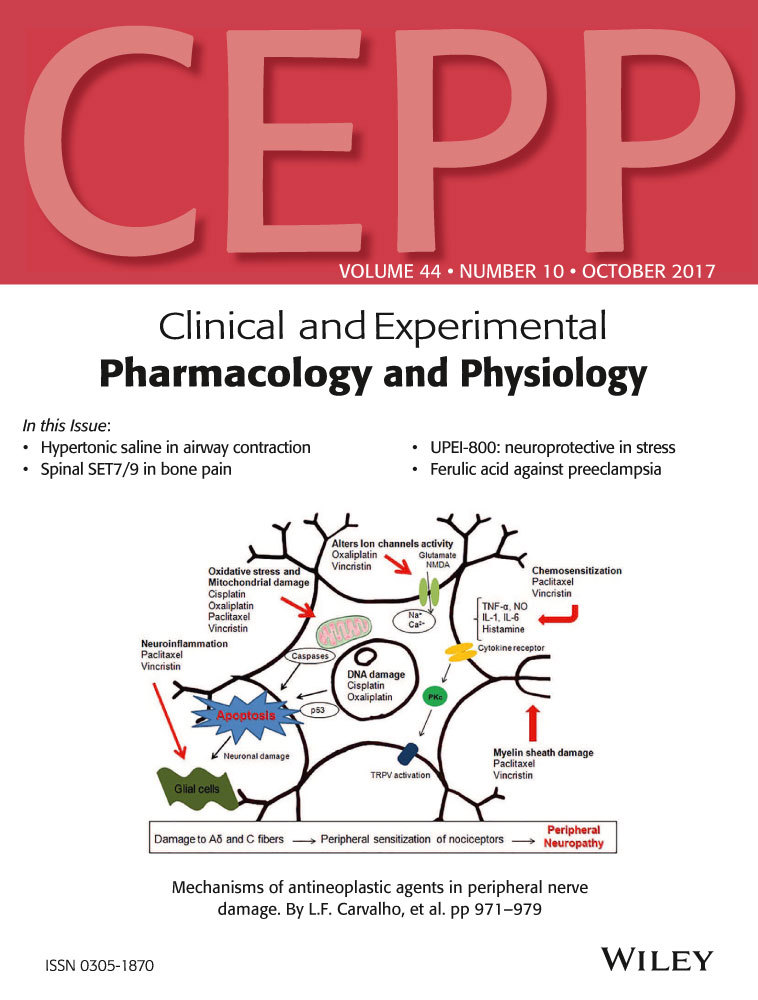Ferulic acid alleviates symptoms of preeclampsia in rats by upregulating vascular endothelial growth factor
Summary
Preeclampsia is a complication affecting pregnant women worldwide, which leads to maternal and fetal morbidity and mortality. In this study, we evaluated the efficacy of ferulic acid (FA) on an Nω-nitro-L-arginine methyl ester hydrochloride (L-NAME) induced rat model of preeclampsia. L-NAME was administered to pregnant rats to induce preeclampsia. 48 rats were divided into three experimental groups (n=16 each): control group, preeclampsia group and preeclampsia with FA treatment (preeclampsia+FA). Physiological characteristics such as urine volume, total urine protein and blood pressure were assessed. Expressions levels of urinary nephrin and podocin mRNAs were analyzed by RT-PCR. Levels of renal vascular endothelial growth factor (VEGF), renal soluble fms-like tyrosine kinase-1 (sFlt-1) and serum placenta growth factor (PlGF) were also examined. Urine volume, total urine protein and blood pressure were markedly increased in preeclampsia group rats compared to control (P<.05), which were then significantly reduced in preeclampsia+FA group (P<.05). Expressions of urinary nephrin and podocin mRNAs, levels of VEGF, sFlt-1 and PlGF were also reversed in preeclampsia+FA group compared to preeclampsia rats (P<.05). We hereby report for the first time, FA alleviates preeclampsia symptoms in a rat preeclampsia model, supporting its potential value in treating preeclampsia.




